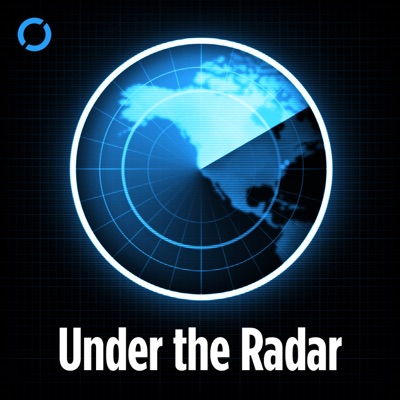303: Raising Prices
Update: 2024-10-16
Description
Looking around the App Store, it's clear that we're not charging enough.
This episode of Under the Radar is sponsored by:
- Listen Later: A read-it-later service for your ears.
Links and Show Notes:
Support Under the Radar with a Relay FM Membership
Comments
Top Podcasts
The Best New Comedy Podcast Right Now – June 2024The Best News Podcast Right Now – June 2024The Best New Business Podcast Right Now – June 2024The Best New Sports Podcast Right Now – June 2024The Best New True Crime Podcast Right Now – June 2024The Best New Joe Rogan Experience Podcast Right Now – June 20The Best New Dan Bongino Show Podcast Right Now – June 20The Best New Mark Levin Podcast – June 2024
In Channel





